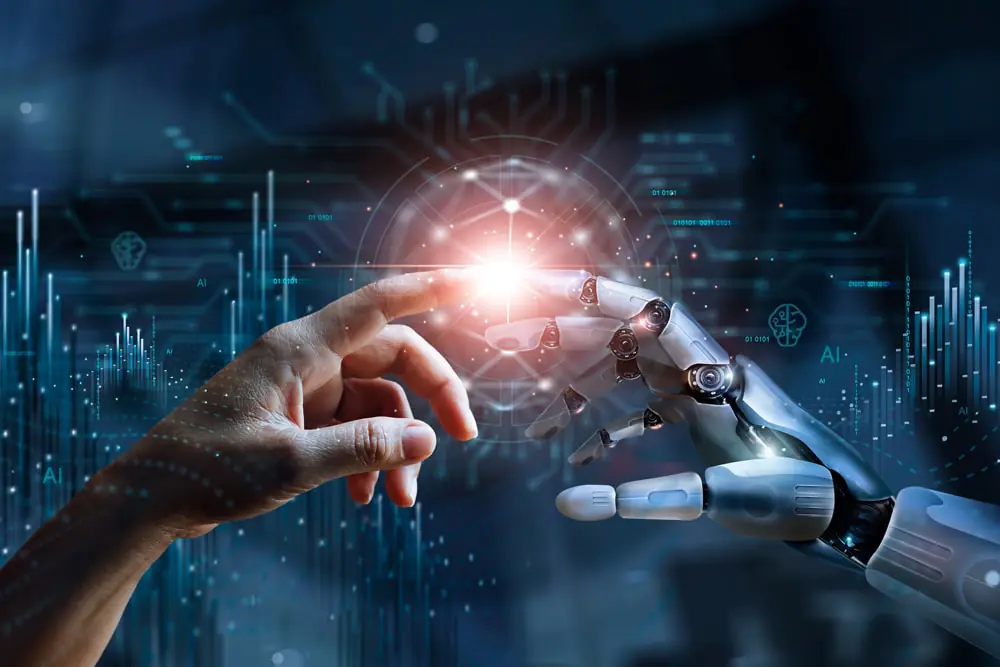Introduction
Artificial Intelligence (AI) used to be science fiction—eldritch computers, robotic butlers, or threat machines. Not anymore. AI now shapes numerous aspects of our daily lives: smartphones, healthcare, finance, entertainment, transportation, and more. Let’s dive into how AI has evolved and what it means for us today.
1. Historical AI Foundations
Early AI efforts in the 1950s and 1960s focused on logical reasoning, symbolic language, and rule-based systems. Progress was slow:
- Limited processing power
- Constrained datasets
- Basic algorithms
But foundational research paved the way for future breakthroughs.
2. Big Data and Machine Learning
Over the past two decades:
- Big data emerged—massive datasets from web usage, sensors, and transactions.
- Machine Learning (ML) techniques, like neural networks, gained traction.
- GPU-powered parallel computing unlocked deep learning, enabling computers to identify images, speech, and patterns with high accuracy.
3. AI in Our Pockets
Modern smartphones rely on AI daily:
- Voice assistants (Siri, Google Assistant) use speech recognition and natural language processing.
- Facial recognition unlocks devices.
- Recommendation algorithms curate newsfeeds, videos, and shopping suggestions.
4. AI in Healthcare
AI augments diagnosis, treatment, and patient care:
- Image recognition helps detect tumors in X-rays and MRIs.
- Predictive analytics assess patient risk and provide personalized treatment plans.
- Chatbots handle basic triage and appointment scheduling.
5. AI in Finance
Banks and fintech deploy AI to:
- Detect fraud and unusual activity
- Automate customer support via chatbots
- Provide investment advice with robo-advisors
- Analyze market trends for trading
6. Autonomous Vehicles and Smart Cities
Self-driving vehicles are in pilot stages, using AI to process sensor data and navigate roads. Meanwhile, cities deploy AI to optimize:
- Traffic flows
- Waste management
- Energy usage
- Public safety systems
7. Challenges and Responsibilities
AI’s power raises concerns:
- Bias in algorithms due to biased training data
- Job automation threatening certain professions
- Privacy risks from pattern-tracking
- Need for explainable AI and transparent decision-making
8. Responsible Innovation
Organizations are building:
- Ethical AI frameworks
- Regulation on data use and algorithmic fairness
- Open-source AI tools for democratization
Final Thoughts
AI is no longer the future—it’s the present. Its impact spans convenience, diagnostics, finance, transport, and urban planning. Our challenge now is balancing progress with responsibility, ensuring AI empowers—but doesn’t harm—human life.



